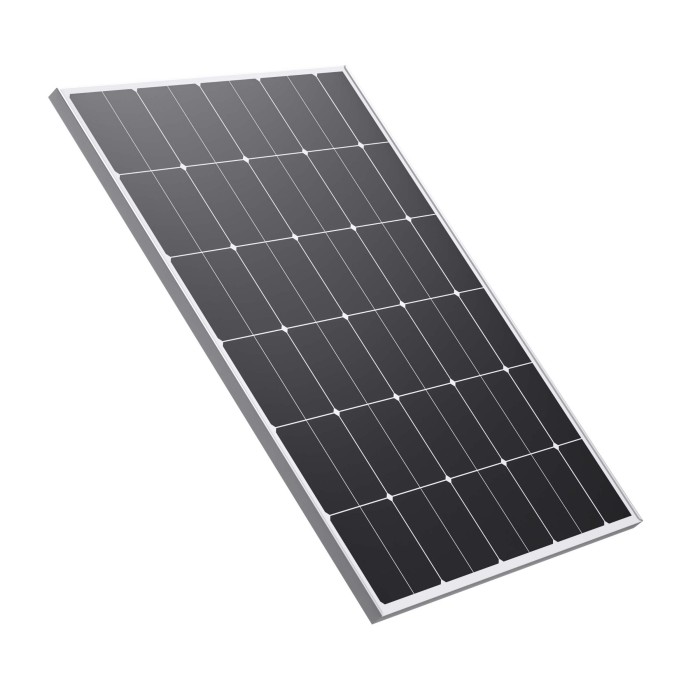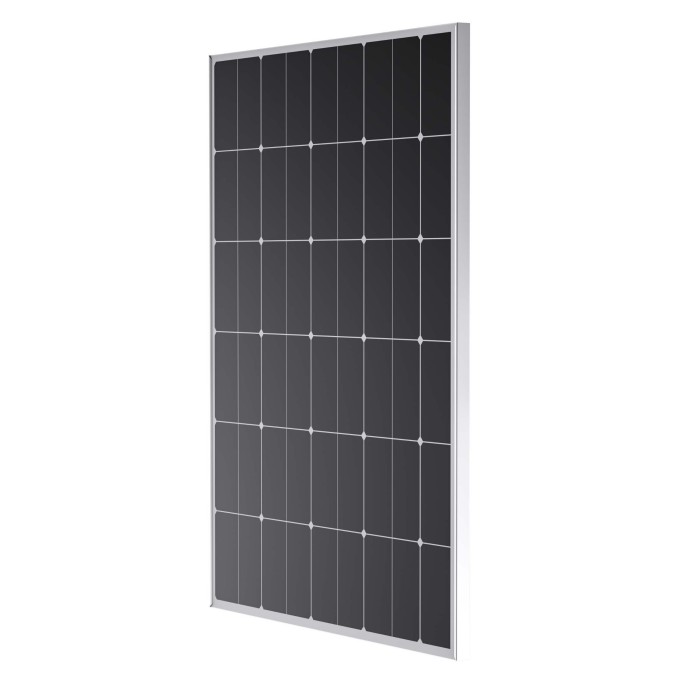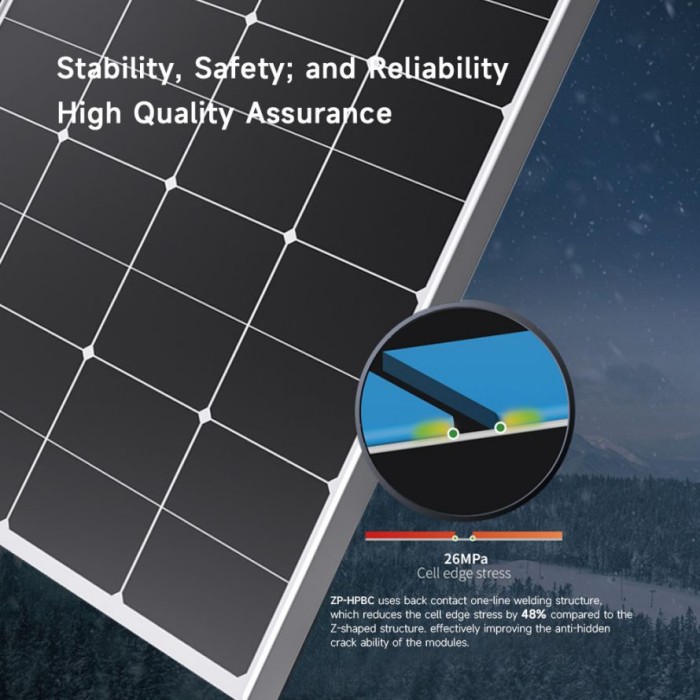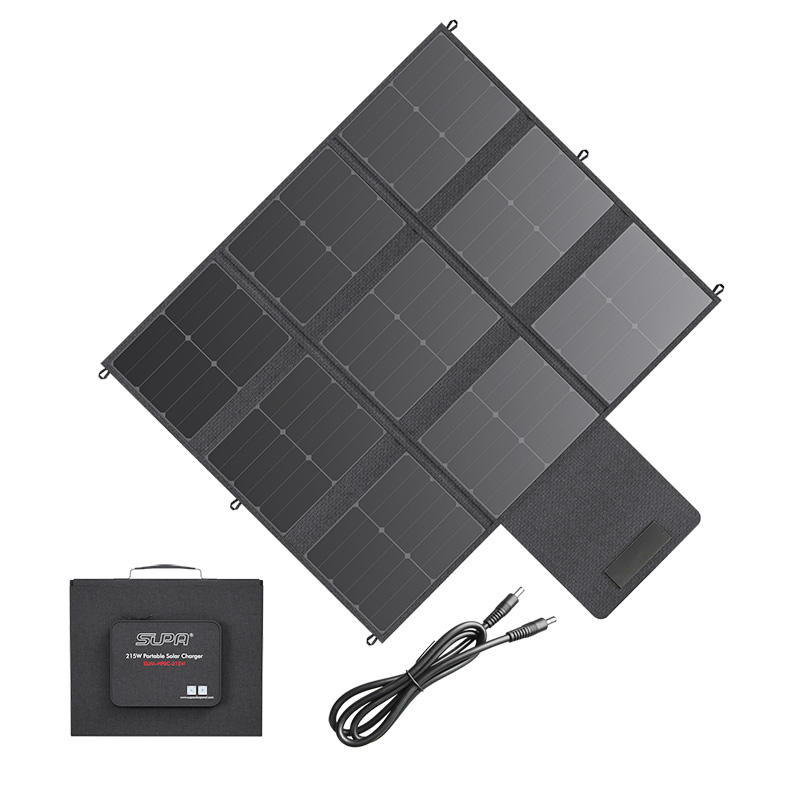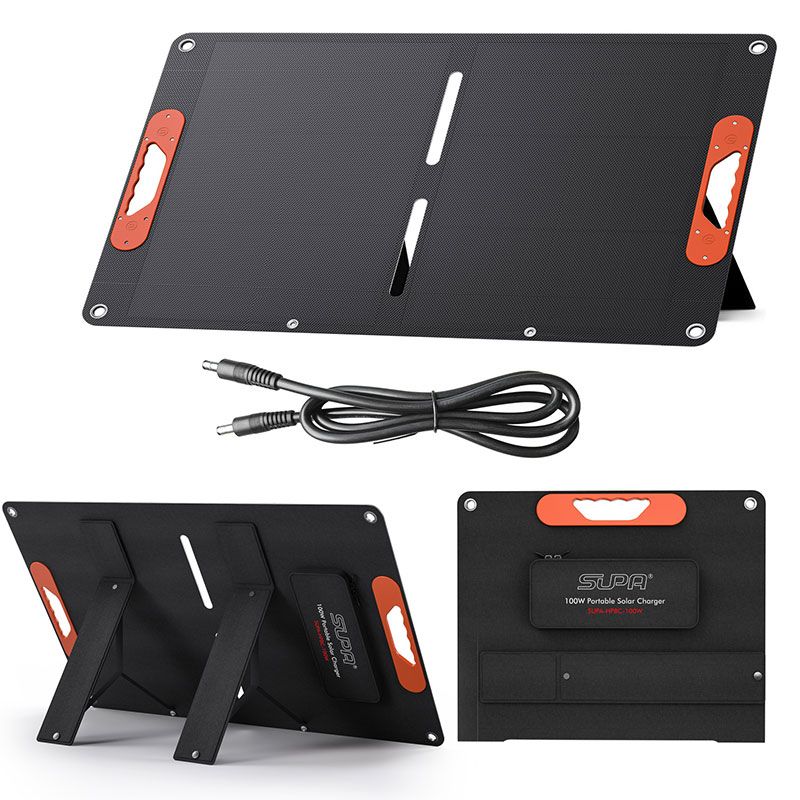Company News
Solar panels, or photovoltaic (PV) panels, have become an essential component in renewable energy solutions, offering a sustainable way to harness power from the sun. Understanding how these panels work can provide insights into their role in modern energy production and their benefits for both residential and commercial applications.
1. The Science Behind Solar Panels
At the core of solar panel technology is the photovoltaic effect, a process that converts sunlight directly into electricity. The panels are made up of numerous solar cells, typically composed of semiconductor materials like silicon. These cells are responsible for capturing sunlight and generating an electric current.
2. Step-by-Step Process:
Absorption of Sunlight: When sunlight strikes the surface of the solar panel, the photovoltaic cells absorb the photons (light particles). This energy transfer excites electrons in the semiconductor material.
Generation of Electric Current: The energy from the photons frees electrons from their atomic structure, creating electron flow. This flow of electrons generates a direct current (DC), which is captured by the electrical circuit within the panel.
Inversion to Usable Power: The direct current produced by the solar panels is not directly usable by most household appliances, which run on alternating current (AC). Therefore, an inverter is required to convert DC into AC, making the electricity compatible with standard electrical systems.
3. Key Components of Solar Panels
Photovoltaic Cells: The primary component that converts sunlight into electricity. These are made of semiconductor materials that exhibit the photovoltaic effect.
Glass Layer: Protects the solar cells from environmental damage while allowing sunlight to pass through.
Anti-Reflective Coating: Increases the amount of sunlight absorbed by reducing reflection.
Metal Frame: Provides structural support and facilitates installation.
Inverter: Converts DC to AC for use in homes and businesses.
4. Types of Solar Panels
Solar panels come in various types, each with distinct characteristics:
Monocrystalline Panels: Known for their high efficiency and sleek appearance, monocrystalline panels are made from single-crystal silicon, allowing electrons to flow more freely.
Polycrystalline Panels: These are made from multiple silicon crystals and are typically more affordable but slightly less efficient than monocrystalline panels.
Thin-Film Panels: Composed of layers of photovoltaic material on a substrate, these panels are flexible and lightweight, making them suitable for unique applications but generally less efficient.
5. Efficiency and Energy Output
The efficiency of solar panels refers to the percentage of sunlight that is converted into usable electricity. Factors such as the type of panel, temperature, angle of installation, and shading can all impact the overall efficiency. Modern solar panels typically have efficiencies ranging from 15% to over 22%.
6. Benefits of Solar Panels
Renewable Energy Source: Solar panels harness sunlight, an abundant and renewable energy source, reducing dependence on fossil fuels.
Lower Electricity Bills: By generating their own power, homeowners and businesses can significantly reduce their electricity costs.
Minimal Environmental Impact: Solar energy production does not emit greenhouse gases, making it an eco-friendly option.
Low Maintenance: Solar panels require minimal maintenance over their long operational lifespan, typically 25-30 years.
Conclusion:
Solar panels are a revolutionary technology that transforms sunlight into usable electricity through the photovoltaic effect. By understanding their operation, components, and benefits, it becomes clear why solar panels are integral to a sustainable energy future. Their ability to provide clean, renewable energy with minimal environmental impact continues to drive innovation and adoption in energy systems worldwide.

